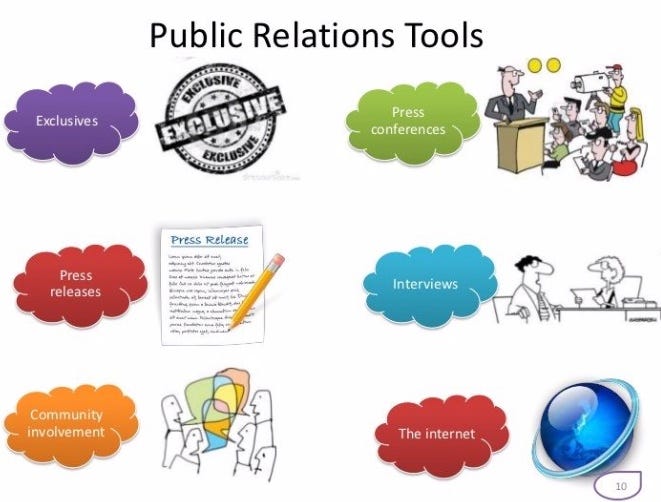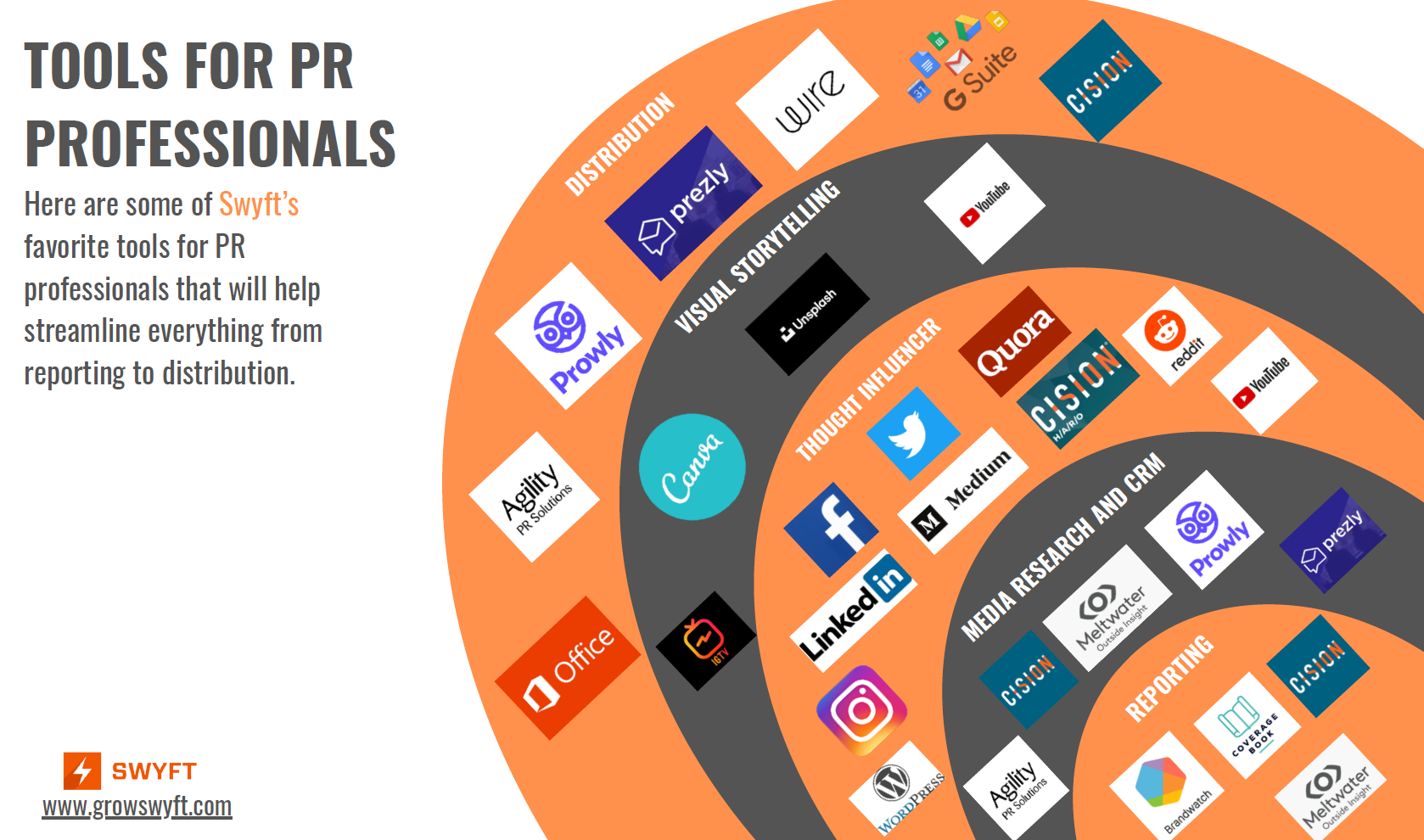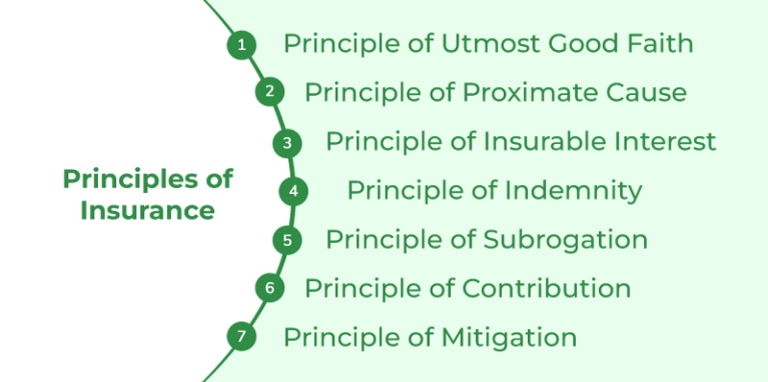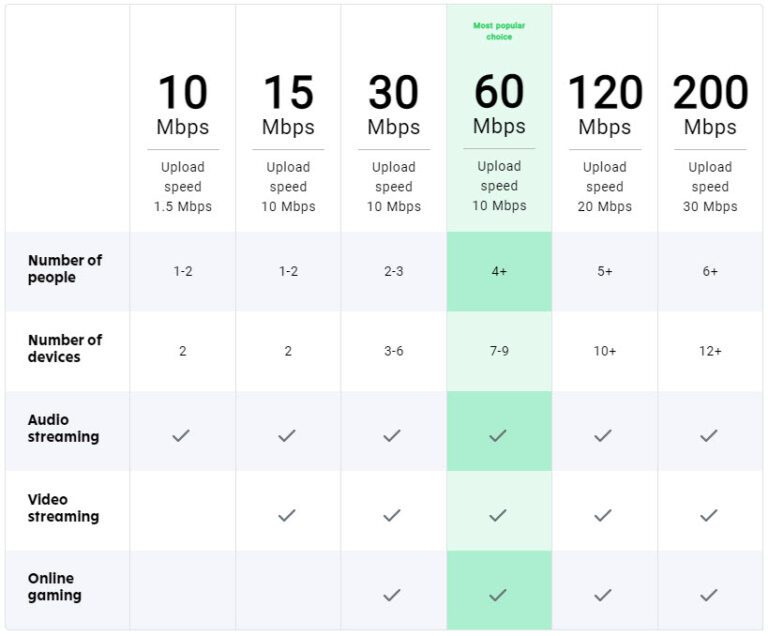What Are The Tools Of PR?
Public Relations (PR) is the practice of managing the communication between an organization and its publics, including the media, customers, partners, investors, stakeholders, and other influencers. PR tools are used to help organizations maintain their public image, build relationships, and reach their communication goals. These tools can be divided into three main categories: traditional, digital, and measurement tools. Traditional tools include media relations, press releases, and events, while digital tools include social media, websites, and blogs. Measurement tools, such as analytics, surveys, and focus groups, help organizations measure the success of their communications efforts. By using a combination of these tools, organizations can ensure their messages are reaching the right people and that their public relations strategies are successful.
Definition of PR Tools
Public relations (PR) is an umbrella term for the strategic management of how organizations and individuals communicate with the public. It is an important part of any organization’s marketing and communications strategy and involves a range of activities and tools. PR tools are tactics and strategies used to communicate with different publics, including the media, potential customers, investors, and other stakeholders. They can be used to create, maintain, and improve the organization’s reputation and public image.
PR tools can include media relations, advertising, event management, digital marketing, public speaking, and other promotional activities. Media relations involves building relationships with journalists and other members of the media and providing them with press releases, background information, and other materials. Advertising is used to reach a larger audience and is often used in combination with other PR tools. Event management involves organizing events such as product launches, press conferences, and seminars. Digital marketing is used to reach a broad audience through the internet, including social media and other online platforms. Public speaking, such as keynote addresses and speaking engagements, is another important part of PR.
Overall, PR tools provide an effective way for organizations and individuals to communicate with the public. By utilizing the right combination of PR tools, organizations and individuals can build relationships, create positive impressions, and influence public opinion.
Traditional PR Tools
Public relations (PR) has evolved significantly over the years. What used to be primarily focused on advertising in print media, such as newspapers and magazines, has now expanded to include a wide range of digital tools and strategies. PR professionals must now be knowledgeable in digital tools to digitally reach their target audience. One of the most popular categories of PR tools is traditional PR tools. Traditional PR tools include press releases, press briefings, media tours, media relations, public affairs, and social media.
Press releases are documents used to announce news or events to the public. They are typically sent to media outlets to be published in newspapers, magazines, and websites. Press briefings are events where a PR professional presents a message to a group of reporters. Media tours involve traveling to multiple cities to conduct press events or media interviews. Media relations involve developing relationships with media outlets, such as newspapers, magazines, radio, and television. Public affairs involve engaging with stakeholders, such as government, industry, and the public, to influence public opinion. Social media involves using platforms such as Facebook, Twitter, and Instagram to engage with the public and build relationships.
Traditional PR tools are still used today, even as digital tools become more popular. They are an important part of PR and can be used to effectively reach a target audience. By combining traditional and digital PR tools, PR professionals can create a comprehensive PR strategy that will help them reach their goals.
Digital PR Tools
are essential for businesses to create and distribute content, manage relationships, and measure the success of their efforts. Digital PR tools are used to create press releases, manage public relations campaigns, and monitor and measure the success of different campaigns. They include a variety of online and offline tools such as media monitoring, press release distribution, outreach campaigns, and content marketing. Digital PR tools offer a way to track the impact of campaigns, inform customers about products and services, and build relationships with influencers and journalists. They can also be used to craft stories and build relationships with key stakeholders. By leveraging the right digital PR tools, companies can strengthen their brand, increase visibility, and create highly effective marketing campaigns.

Impact of PR Tools
in Business
When it comes to running a successful business, there is no substitute for good public relations. A strong public relations strategy is essential for building a solid reputation and maintaining a positive relationship with customers, partners, and the media. But how do you go about crafting an effective PR strategy? What are the specific tools you need to make sure you’re getting the most out of your PR efforts?
PR tools encompass a wide range of activities and strategies that can help your business engage with its publics and target audiences. From press releases and media outreach to social media campaigns and influencer partnerships, PR tools offer companies a variety of ways to get their message out. These tools are invaluable in creating a positive public perception of your company and driving brand awareness.
When used correctly, PR tools can be extremely effective in engaging with your target audience, creating a positive brand image, and increasing customer loyalty. They can also help you better monitor brand conversations, gain insight into customer sentiment, and develop strategies for responding effectively to customer complaints.
PR tools can be a powerful asset to any business, but it is important to use them strategically and judiciously. By taking the time to understand your target audiences, craft a comprehensive PR strategy, and utilize the right PR tools, you can ensure that your efforts will be successful and your company’s reputation will remain intact.
Challenges of PR Tools
Public relations (PR) is an essential part of any business, regardless of size or industry. As a result, PR professionals must be equipped with the right tools to ensure their success. From media monitoring to press release distribution, PR tools can help PR professionals maximize their efforts and reach their desired objectives. However, it is important to recognize the challenges associated with PR tools.
One of the major challenges of PR tools is the time it takes to learn them. PR professionals need to understand the ins and outs of the tools they are using in order to maximize their efficiency. This can be a time consuming process, especially for those who are new to PR. Additionally, the cost of PR tools can be prohibitive for some businesses, especially small ones.
Another challenge associated with PR tools is the lack of integration between different platforms. This can lead to a disjointed approach to PR, making it difficult for PR professionals to track their progress and measure the impact of their efforts. Furthermore, the effectiveness of PR tools can vary depending on the industry and the objectives of the campaign. This means that PR professionals must be mindful of the tools they are using and adjust their approach accordingly.
In conclusion, PR tools can be a powerful tool for PR professionals, but they are not without their challenges. Learning the tools, managing the costs, and tailoring the approach to the industry and the objectives of the campaign are all essential elements of PR success. With the right approach, PR professionals can leverage the power of PR tools to reach their desired objectives.
Best Practices for PR Tools
PR professionals have an array of tools at their disposal to create successful campaigns and reach target audiences. To ensure that the campaign is successful, it is important to understand which tools are best suited for the job. The most effective PR tools include traditional media, social media, press releases, public relations events, influencer marketing, and more.
Traditional media, such as print, television, and radio, is still a powerful tool for reaching target audiences. But with the advent of digital media, PR professionals have access to an even wider range of tools to reach audiences. Social media, for example, is a powerful tool for creating visibility and building relationships with customers and influencers. Press releases are another effective tool for PR professionals to use to generate publicity and reach target audiences.
Events are also an important tool for engaging with target audiences and building relationships. PR professionals can use events to create visibility and increase brand awareness. Influencer marketing is another key tool in the PR toolbox. Influencers can help spread the word about a product or service and reach potential customers.
Finally, it is important to understand the importance of analytics and tracking in PR. Analyzing the effectiveness of campaigns and tracking the success of campaigns is essential to ensure that the campaign is successful.
By using the right PR tools, PR professionals can create successful campaigns and reach their target audiences. Understanding the different tools available and how to use them effectively is essential to ensure that the campaign is successful.
FAQs About the What Are The Tools Of PR?
1. What are the most commonly used PR tools?
The most commonly used PR tools are media relations, press releases, media interviews, social media, website content, advertising, and event planning.
2. How can I use PR tools to increase brand awareness?
By using a combination of media relations, press releases, advertising, social media, website content, and event planning, you can promote your brand and increase its visibility.
3. What is the best way to measure the effectiveness of PR tools?
Measuring the effectiveness of PR tools can be done by tracking metrics such as website traffic, media impressions, and social media engagement. You can also analyze the effectiveness of certain campaigns by monitoring sales data or customer feedback.
Conclusion
Public relations tools are essential for any successful PR campaign. They are used to promote, inform, and build relationships with key stakeholders. These tools include traditional media such as print, broadcast, and digital media, as well as more modern tools such as social media, content marketing, and influencer marketing. Ultimately, the goal of any PR campaign is to create a positive perception of an organization or brand in the eyes of the public. By utilizing the right combination of PR tools, organizations can effectively reach their target audience and further their brand message.



